Béatrice Markhoff
BDTLN
The Structure and Dynamics of Knowledge Graphs, with Superficiality
May 16, 2023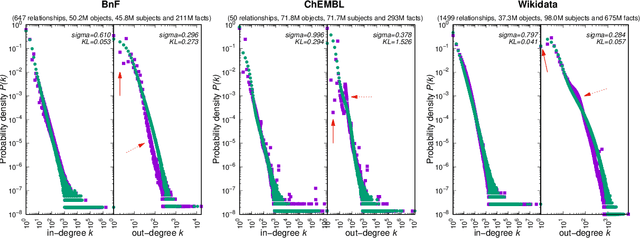

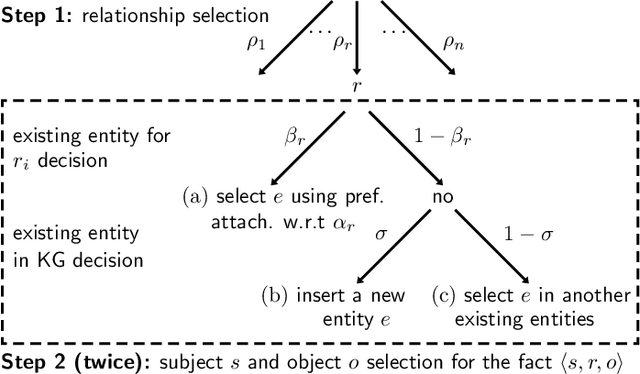
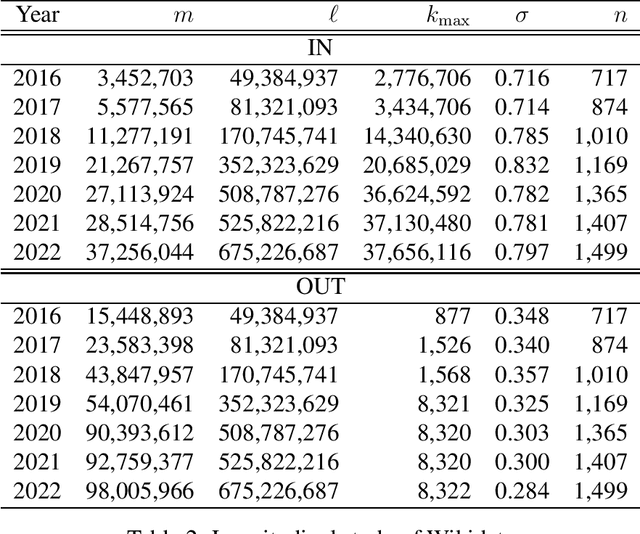
Abstract:Large knowledge graphs combine human knowledge garnered from projects ranging from academia and institutions to enterprises and crowdsourcing. Within such graphs, each relationship between two nodes represents a basic fact involving these two entities. The diversity of the semantics of relationships constitutes the richness of knowledge graphs, leading to the emergence of singular topologies, sometimes chaotic in appearance. However, this complex characteristic can be modeled in a simple way by introducing the concept of superficiality, which controls the overlap between relationships whose facts are generated independently. Superficiality also regulates the balance of the global distribution of knowledge by determining the proportion of misdescribed entities. This is the first model for the structure and dynamics of knowledge graphs. It leads to a better understanding of formal knowledge acquisition and organization.
The Heritage Digital Twin: a bicycle made for two. The integration of digital methodologies into cultural heritage research
Feb 03, 2023



Abstract:The paper concerns the definition of a novel ontology for cultural heritage based on the concept of digital twin. The ontology, called Heritage Digital Twin ontology, is a compatible extension of the well-known CIDOC CRM ISO standard for cultural heritage documentation and incorporates all the different documentation systems presently in use for cultural heritage documentation. In the authors' view, it supports documentation interoperability at a higher level than the ones currently in use and enables effective cooperation among different users.
Towards an ontology of HTTP interactions
Jul 20, 2020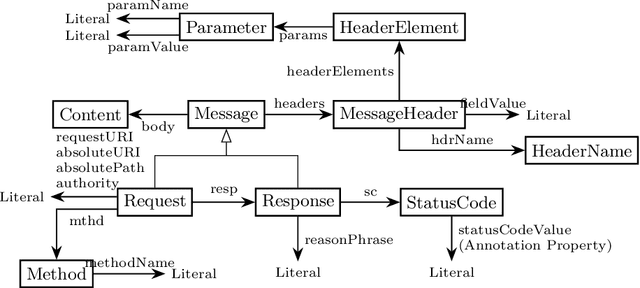
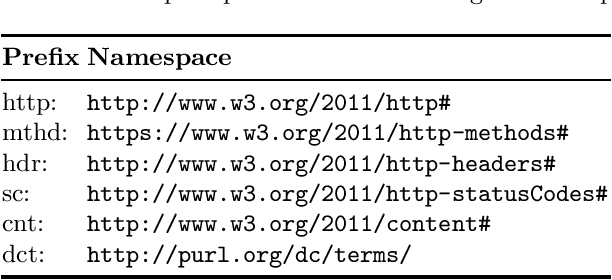

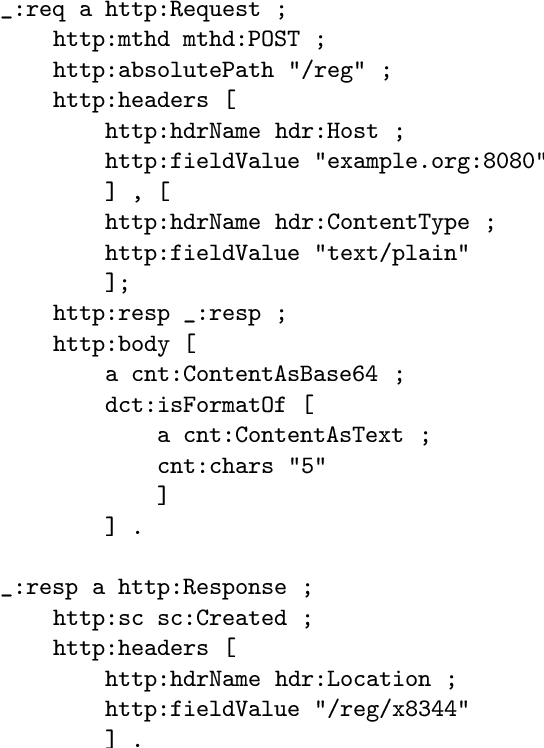
Abstract:Enterprise information systems have adopted Web-based foundations for exchanges between heterogeneous programmes. These programs provide and consume via Web APIs some resources identified by URIs, whose representations are transmitted via HTTP. Furthermore HTTP remains at the heart of all Web developments (Semantic Web, linked data, IoT...). Thus, situations where a program must be able to reason about HTTP interactions (request-response) are multiplying. This requires an explicit formal specification of a shared conceptualization of those interactions. A proposal for an RDF vocabulary exists, developed with a view to carrying out web application conformity tests and record the tests outputs. This vocabulary has already been reused. In this paper we propose to adapt and extend it for making it more reusable.
 Add to Chrome
Add to Chrome Add to Firefox
Add to Firefox Add to Edge
Add to Edge